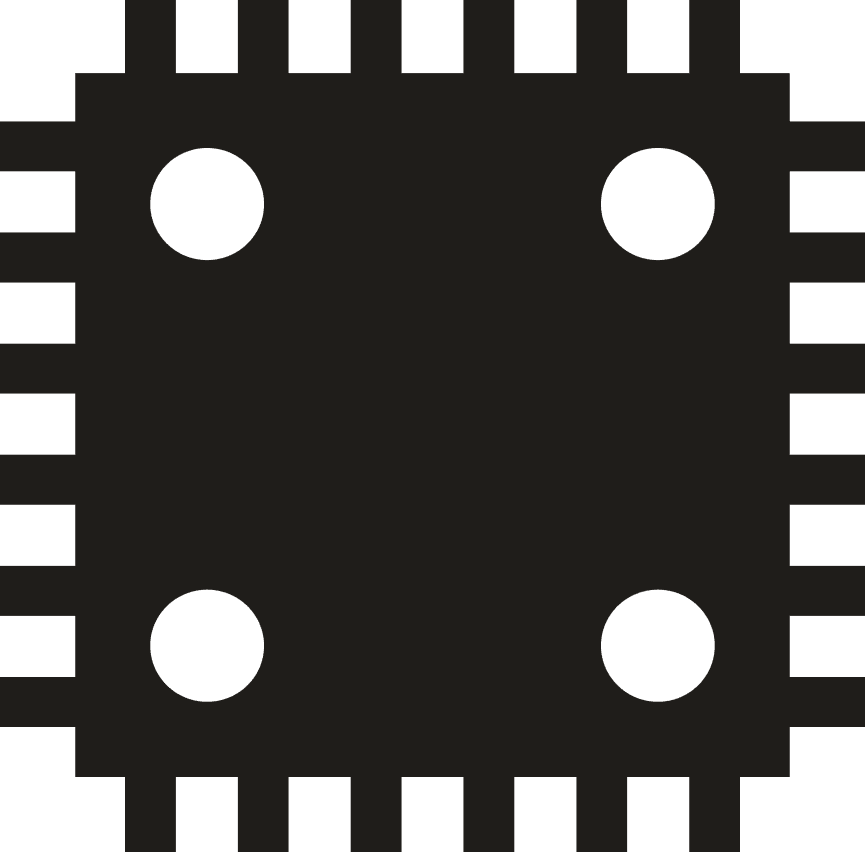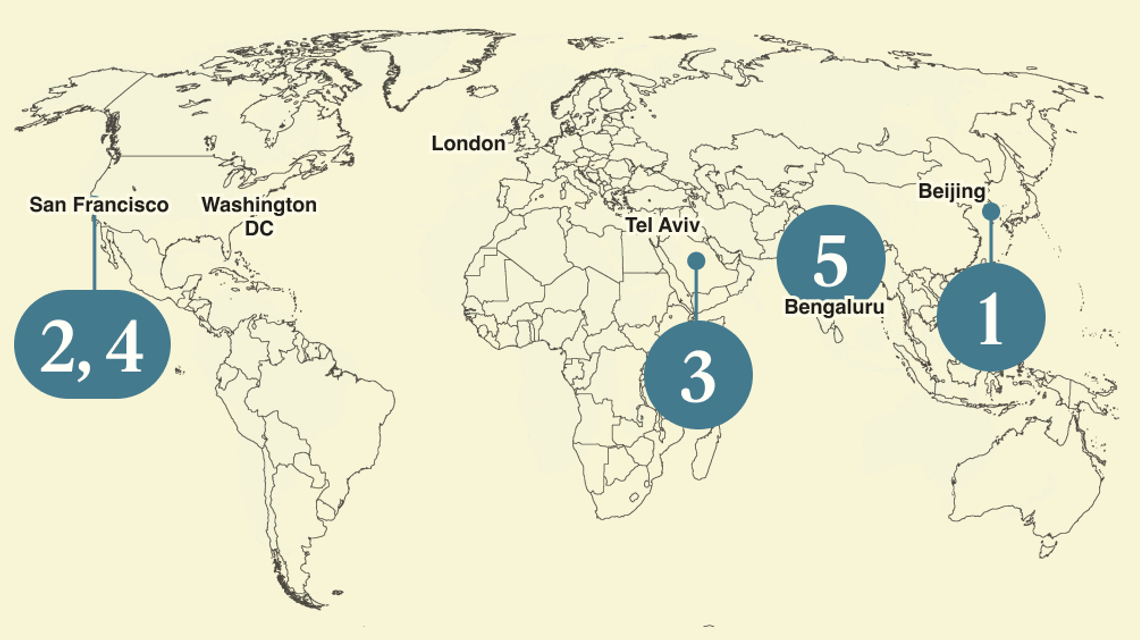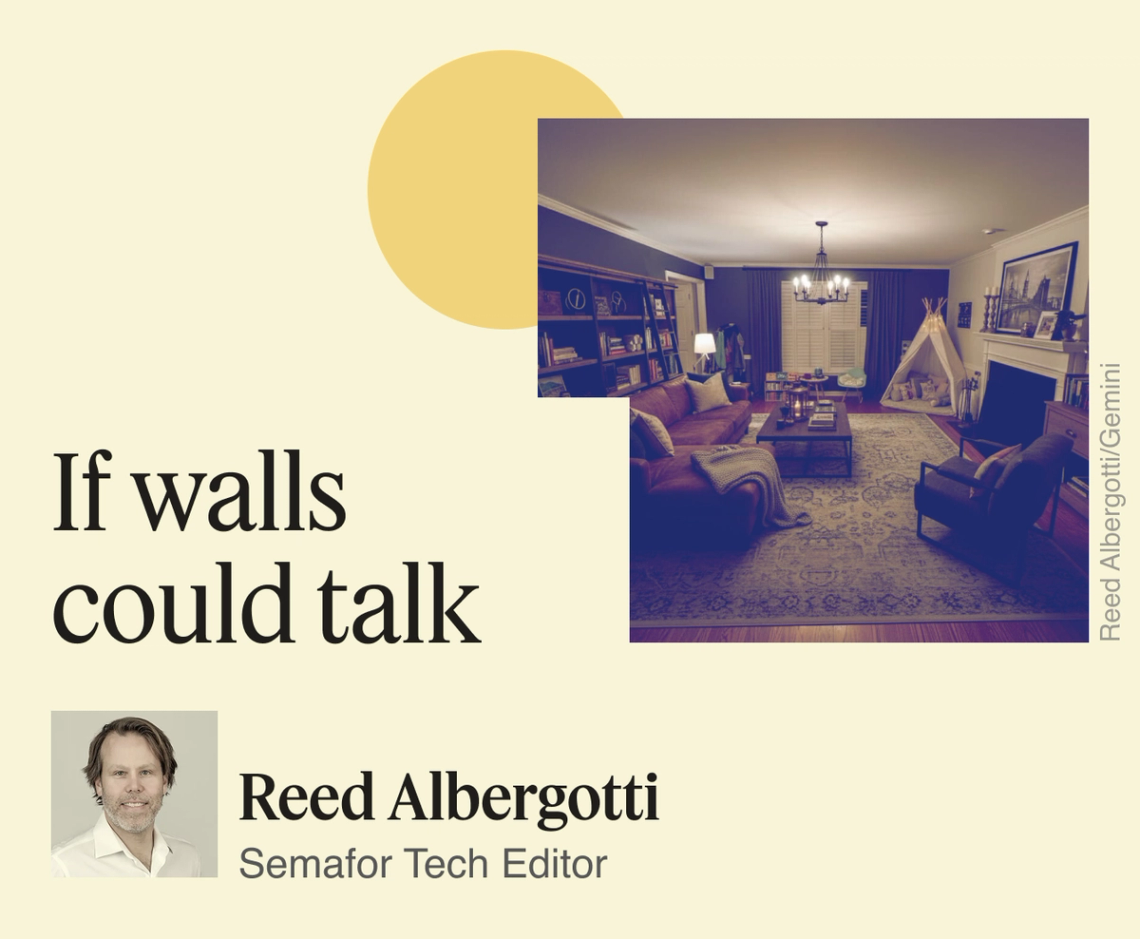| | In this edition, improvements in AI physics lend a helping hand to our everyday needs, like redesign͏ ͏ ͏ ͏ ͏ ͏ |
| |  | Technology |  |
| |
|
 - Samsung’s Stargate win
- OpenAI’s consumer shift
- Lucid CEO on H-1B changes
- A new neural network
- Bollywood vs. YouTube
 Redesigning homes with AI, and how machine learning could help detect dementia early. |
|
 A couple of years ago, AI couldn’t generate people with the right number of fingers. Today, image creation tools are so good that they are quickly becoming part of everyday digital life. Video isn’t far behind. This became clear to me last weekend, when I was trying to reclaim my home from two strong-willed children, and struggling to picture adult furniture in the place of the Lego-covered maze of forts that has taken over my living room. After trying and failing to find an easy-to-use app to help me solve this puzzle, I snapped some photos of the rooms I wanted to overhaul and uploaded them to Google’s Gemini app. I used the Nano Banana feature to make the room empty. Then I asked it to try out different furniture combinations, wall colors, etc. It was brilliant. Instead of flipping through Pinterest and trying to use my imagination, I had a photograph of my future room in about five minutes. Here’s a visual representation of the before (top) and the after (bottom):  I also sometimes use AI video to occupy my kids: On vacation this summer, my 7-year-old pointed to a “Jackalope” trophy on the wall of a restaurant and asked me what it was. I took a photo and used Veo 3 to make it sing. As these models improve their ability to mimic physics, they’ll do more and more. When I buy a new couch, I’ll ask an AI model to show me a video of the best way to carry it into the house. These will quickly become hard-to-break habits. While most of the reaction to OpenAI’s new Sora app has been about the social media features, I think the real-world utility of this tech is getting less attention than it deserves. |
|
South Korea gets a boost in AI race |
 The AI boom isn’t just boosting Nvidia. Samsung and SK Hynix just scored a deal to supply OpenAI’s Stargate project, with overall demand possibly hitting 900,000 chips per month, far outpacing the current global capacity for high-bandwidth memory semiconductors. In turn, OpenAI will help develop the AI ecosystem in South Korea, as countries beyond the US and China race to keep up with the tech buildout. That’s often pitting government goals against one another. On Wednesday, Taiwanese Vice Premier Cheng Li-chiun said the island never backed America’s push to make 50% of the chips it needs stateside. The differing views are caught up in negotiations over the region’s trade surplus against the US due to its chip exports to the country, which could lead to tariffs on such products. As a result, TSMC has pledged billions in additional investments. But a shortage of qualified workers, compliance headaches, and permitting-process drags have slowed down construction of its Arizona plant, making it harder for the company to fulfill its promises on time. |
|
OpenAI taps online shoppers |
 Shelby Tauber/Pool/Reuters Shelby Tauber/Pool/ReutersAs AI companies file into their respective niches in search of loyal audiences and more consistent revenue, OpenAI is revealing itself as an AI brand for consumers. It is rolling out a standard for brands to integrate into ChatGPT, allowing consumers to make purchases directly from the app. The company is also launching a video generator app — following a similar announcement from Meta — to rival TikTok and YouTube. The tech world got a taste of where OpenAI was headed when it acqui-hired Jony Ive, the mind behind Apple’s product lineup. Once a standout in the AI space, the ChatGPT maker is increasingly looking like its big tech peers. The question now is whether OpenAI can balance its high-performing models with mass market appeal. |
|
Lucid chief considers hiring changes after H-1B proposal |
 Courtesy of Lucid Motors Courtesy of Lucid MotorsEV maker Lucid Motors will “probably have to make adjustments” to its hiring after President Donald Trump’s proposed costly revamp to the H-1B visa program, its chief told Semafor’s Liz Hoffman. “Quite frankly, there’s a reason why so many people with H-1B visas are being employed here,” Marc Winterhoff, Lucid’s interim CEO, said in an interview. “You don’t have enough [qualified workers] that have an American passport.” The H-1B program allows companies to bring in skilled workers but has drawn critics, who say it’s drifted far from its original purpose of filling key skills shortages by letting employers underpay college-educated workers. Winterhoff, in a wide-ranging interview, also said he doesn’t see the logic in the Saudi Public Investment Fund, which owns more than 60% of Lucid, taking the company private: “It would immediately become a Saudi automotive manufacturer — which, outside of the [Gulf] region, would not be the greatest selling point for being a global company,” he said. |
|
Pathway’s AI research closer to modeling human brain |
 Courtesy of Pathways Courtesy of PathwaysAs companies prepare to spend trillions on the AI race, it’s still not fully understood why the models do what they do. And without understanding these models at a deep level, they can’t be trusted to do anything where failure is not an option. Lately, some intriguing research papers have tackled this problem — a reminder that there may still be some fundamental breakthroughs that could upend the industry. One paper, published last night by startup Pathway, makes some big claims about a new kind of transformer model that the authors say more closely mimics the way human brains actually work. (AI researchers have long been inspired by the brain, but the comparisons are often a bit of a stretch). The challenge today is that chatbots, which tend to work as billions of neurons connected together in dense layers, start firing en masse when the LLM is working on a response. It appears like random order, so it’s extremely difficult to pick up on any patterns (some have tried, but none have cracked the code completely). Those artificial neurons never change, no matter how many times they are activated. The neurons in our brains aren’t linked in the same way. Most of them are connected to smaller groups, and seem to fire more selectively and predictably when they are needed for a specific purpose. And, unlike the neurons in LLMs, ours are constantly changing. When two neurons fire at the same time, the synapses between them grow stronger. Pathway’s experimental model, which it calls “Dragon Hatchling,” uses a variation of the transformer architecture that powers today’s LLMs, but with differences that attempt to mimic the brain. The neurons in Dragon Hatchling are simplified compared to traditional LLMs, and the company says the architecture allows it to see a direct cause-and-effect relationship between the neurons firing and the output of the model. Pathway also says it has found a way to constantly update the connections between artificial neurons — what’s known in neuroscience as Hebbian learning. So, while the core part of Pathway’s model will stay fixed, like a traditional LLM, another part of it will change as you interact with it, allowing it to continuously learn. It’s unclear whether Pathway is onto a real breakthrough, or just a fascinating hypothesis. The paper is a new way of combining a bunch of ideas that are already out there, but the method hasn’t yet been proven at scale. It’s possible that, as the model gets bigger, its theories won’t hold. Still, it might be the kind of academia-level idea that’s necessary to break through the current limitations of LLMs. |
|
Bollywood actors take on YouTube’s AI training policy |
 Francis Mascarenhas/File Photo/Reuters Francis Mascarenhas/File Photo/ReutersBollywood actors are asking Indian courts to protect their “personality rights” as AI models increasingly produce content that bears their likenesses. Film power couple Abhishek Bachchan and Aishwarya Rai Bachchan asked a judge to block the creation of AI videos that violate their image. Taking it a step further, they also asked YouTube’s parent company Google to implement safeguards preventing such content from being used to train AI models, Reuters reported. According to the filings, the actors are concerned about YouTube’s policy that allows some videos to be used as training material for third-party AI generation models, which they argue can contribute to the spread of false information when they include misleading or deepfake content. India doesn’t have explicitly uniform intellectual property rights like the US, but courts have routinely sided with stars alleging such violations. The case could set a precedent, both in India and globally, for how courts recognize the AI misuse of celebrity images. |
|
 Suleyman Elcin/Anadolu via Getty Suleyman Elcin/Anadolu via GettyIt runs in your veins. Researchers at the University of Vienna in Austria linked physical fitness in older adults to changes in blood markers, exploring whether simple blood tests can reflect how someone is aging, according to a new study published in Nature. They used machine learning models to analyze the blood tests of participants — separating active adults from less active ones with high accuracy and identifying key blood markers, including the amino acid aspartate. Aspartate is essential for learning and memory, playing a role in brain function. The study found that monitoring it could help in early detection of dementia, and it builds the case that physical activity can reduce the risk of neurodegeneration. |
|
|